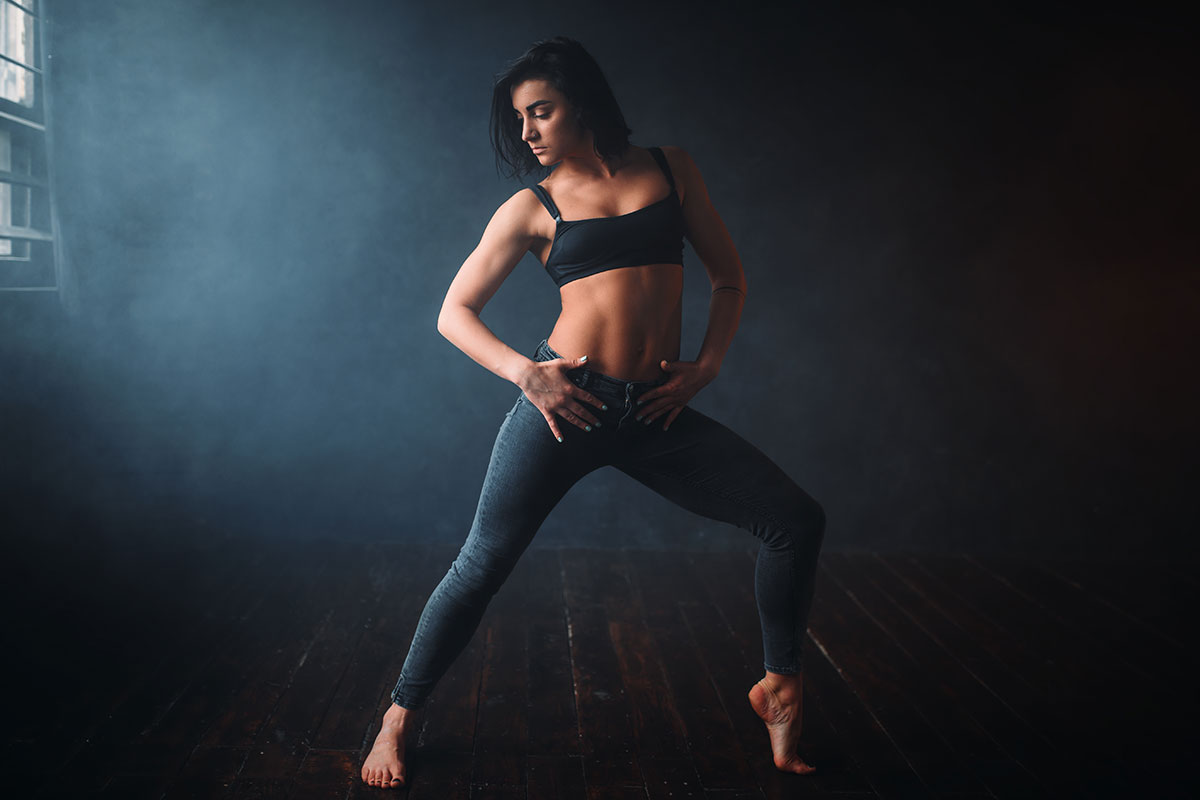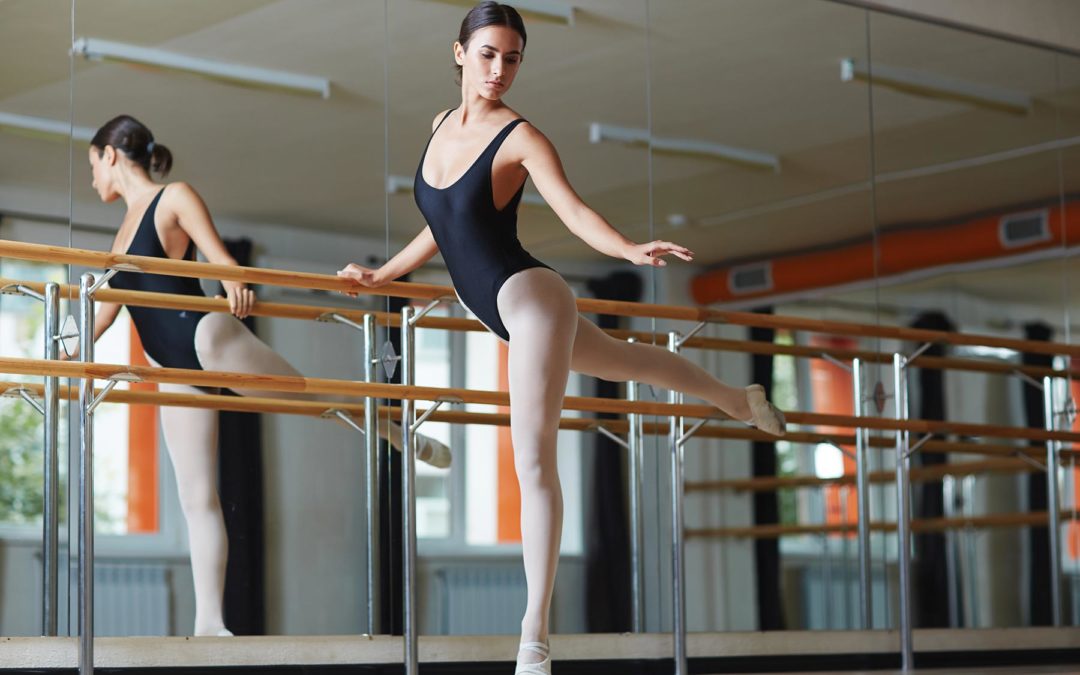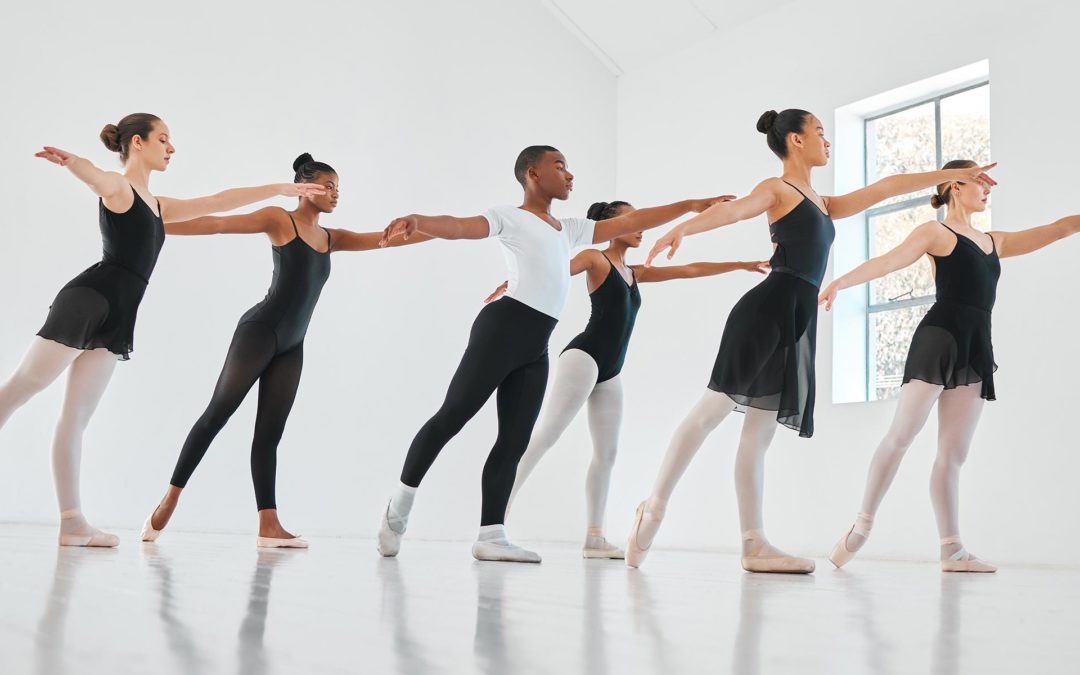Introduction:
Dance has long been a captivating and integral component of film and television, gracing the screen with its expressive power and visual beauty. From iconic dance sequences in classic films to innovative choreography in contemporary TV shows and music videos, dance has left an indelible mark on the entertainment industry. In this blog post, we’ll guide you through the process of analyzing and reviewing dance performances and choreography in film, television, and music videos, helping you develop a deeper appreciation for this captivating art form.
Understanding the Role of Dance in Film and Television Dance serves various purposes in film and television, including:
- Storytelling: Dance sequences can convey emotions, character development, and narrative progression.
- Visual spectacle: Dance adds a dynamic and visually engaging element to the production, drawing the audience’s attention and heightening the entertainment value.
- Cultural representation: Dance can showcase different cultures and traditions, enriching the storyline and fostering cultural appreciation.
Analyzing Dance Performances in Film and Television When analyzing a dance performance in film or television, consider the following aspects:
- Technique: Observe the dancers’ technical proficiency, including alignment, control, flexibility, and coordination.
- Expression: Assess the dancers’ ability to convey emotions and embody their characters through movement.
- Musicality: Evaluate how well the dancers interpret the music, synchronizing their movements with the rhythm, melody, and dynamics.
- Partnering and group work: Examine the dancers’ interaction with one another, including synchronization, spatial awareness, and trust.
- Costume and set design: Consider how costume and set design enhance or detract from the dance performance.
Reviewing Choreography in Film and Television When reviewing choreography, focus on the following elements:
- Creativity and originality: Assess the choreographer’s ability to create innovative and engaging movement sequences.
- Narrative and thematic coherence: Examine how the choreography contributes to the overall narrative or theme of the production.
- Use of space and formations: Evaluate the choreographer’s spatial arrangements, including group formations, transitions, and stage utilization.
- Musical interpretation: Analyze the choreographer’s ability to create movement that complements and enhances the music.
- Adaptation to the medium: Consider how the choreography is adapted to suit the specific demands of film, television, or music video production, including camera angles, editing, and special effects.
Examples of Iconic Dance Performances and Choreography To develop your analytical and reviewing skills, study iconic dance performances and choreography in film, television, and music videos. Some examples include:
- Movies: “Singin’ in the Rain,” “West Side Story,” “Dirty Dancing,” “Black Swan,” and “La La Land”
- TV shows: “So You Think You Can Dance,” “Dancing with the Stars,” “Pose,” and “Glee”
- Music videos: Michael Jackson’s “Thriller,” Beyoncé’s “Single Ladies,” and OK Go’s “Here It Goes Again”
Engaging with Dance Communities and Sharing Your Reviews Once you’ve developed your skills in analyzing and reviewing dance performances and choreography, consider engaging with dance communities and sharing your insights:
- Social media: Share your reviews on platforms like Facebook, Twitter, or Instagram, connecting with fellow dance enthusiasts and sparking conversations.
- Dance forums and groups: Participate in dance forums and groups, contributing your reviews and insights to discussions and engaging with other members. 3. Blogging: Start your own dance review blog, providing in-depth analysis and commentary on dance performances and choreography in film, television, and music videos.
- YouTube or podcast: Create video or audio content discussing dance on screen, offering visual or auditory examples to support your analysis and critiques.
- Collaborate with others: Connect with fellow dance enthusiasts, writers, or content creators to collaborate on reviews, interviews, or discussion panels.
Conclusion:
Dance on film and television offers a rich and diverse landscape for analysis and critique. By developing your skills in evaluating dance performances and choreography, you can deepen your appreciation for the art form and contribute to the ongoing conversation surrounding dance in the entertainment industry. Engage with fellow dance enthusiasts, share your insights, and celebrate the power and beauty of dance on screen.






